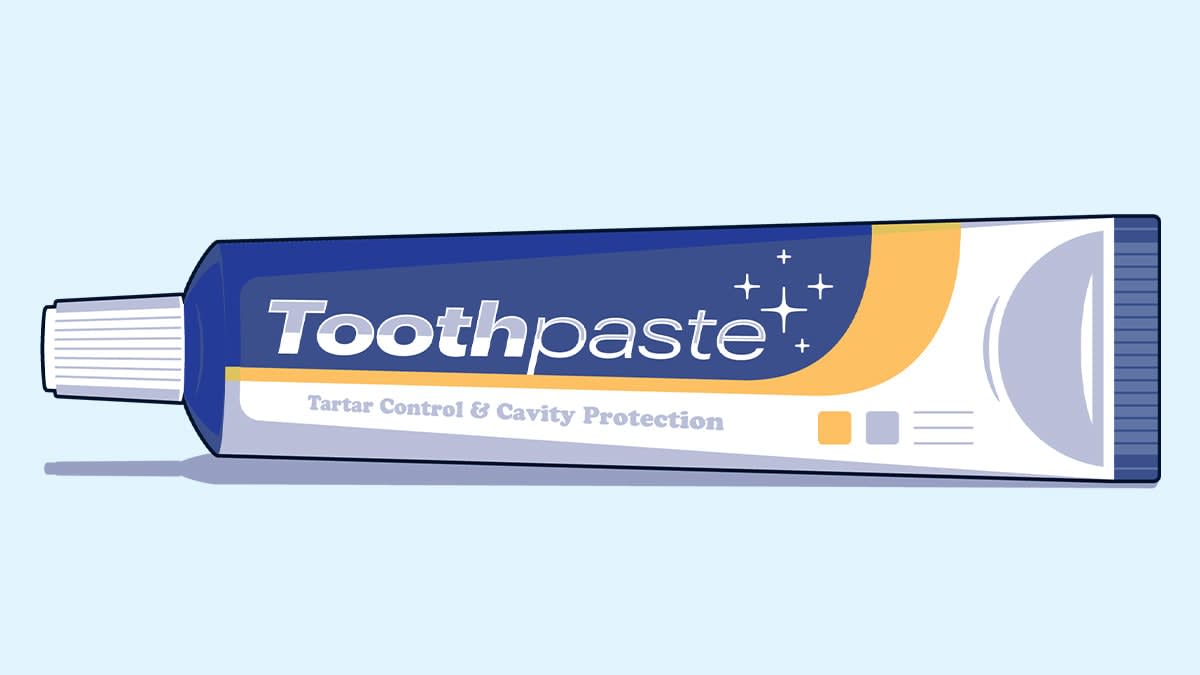
Cavity Protection
This is the most basic function of toothpaste, and it’s the main reason you’ll see fluoride in your toothpaste. It comes in a few different forms, such as stannous fluoride and sodium fluoride. Other ingredients like hydroxyapatite and various kinds of calcium and phosphates may help enhance the action of fluoride, but Martha McComas, a clinical associate professor of dentistry at the University of Michigan School of Dentistry in Ann Arbor, warns there’s not enough evidence to recommend them on their own without fluoride, too.
Gum Health or Antigingivitis
Stannous fluoride could also be the active ingredient at work here, because it has antimicrobial properties. Some other ingredients in toothpaste may also be aimed at reducing gingivitis, including some zinc compounds and even essential oils such as eucalyptol (made from eucalyptus) or menthol.
Whitening
The abrasive ingredients in toothpaste, such as sodium bicarbonate (more commonly known as baking soda) or sodium citrate, are often touted as whiteners. Hydrogen peroxide can also be used to help fight stains. McComas says that while any toothpaste can help you limit stains from coffee, wine, tea, and the like, the power of whitening toothpaste is limited, because it’s on your teeth for only a few minutes. Whitening strips, on the other hand, tend to require at least 15 or 30 minutes of contact with your teeth.
Tartar Control
Tartar is the hard yellowish substance that forms when plaque is allowed to remain on your teeth and solidify, and only a professional dental cleaning can remove it. But some ingredients, like tetrasodium pyrophosphate (and other pyrophosphates), are thought to help prevent tartar from forming.
Sensitivity Reduction
Stannous fluoride can help reduce tooth sensitivity. A 2020 analysis in the Journal of Dental Research found that the effectiveness of stannous fluoride for this purpose can be enhanced when it’s combined with potassium. Also good for reducing sensitivity: calcium sodium phosphosilicate.
Source link


